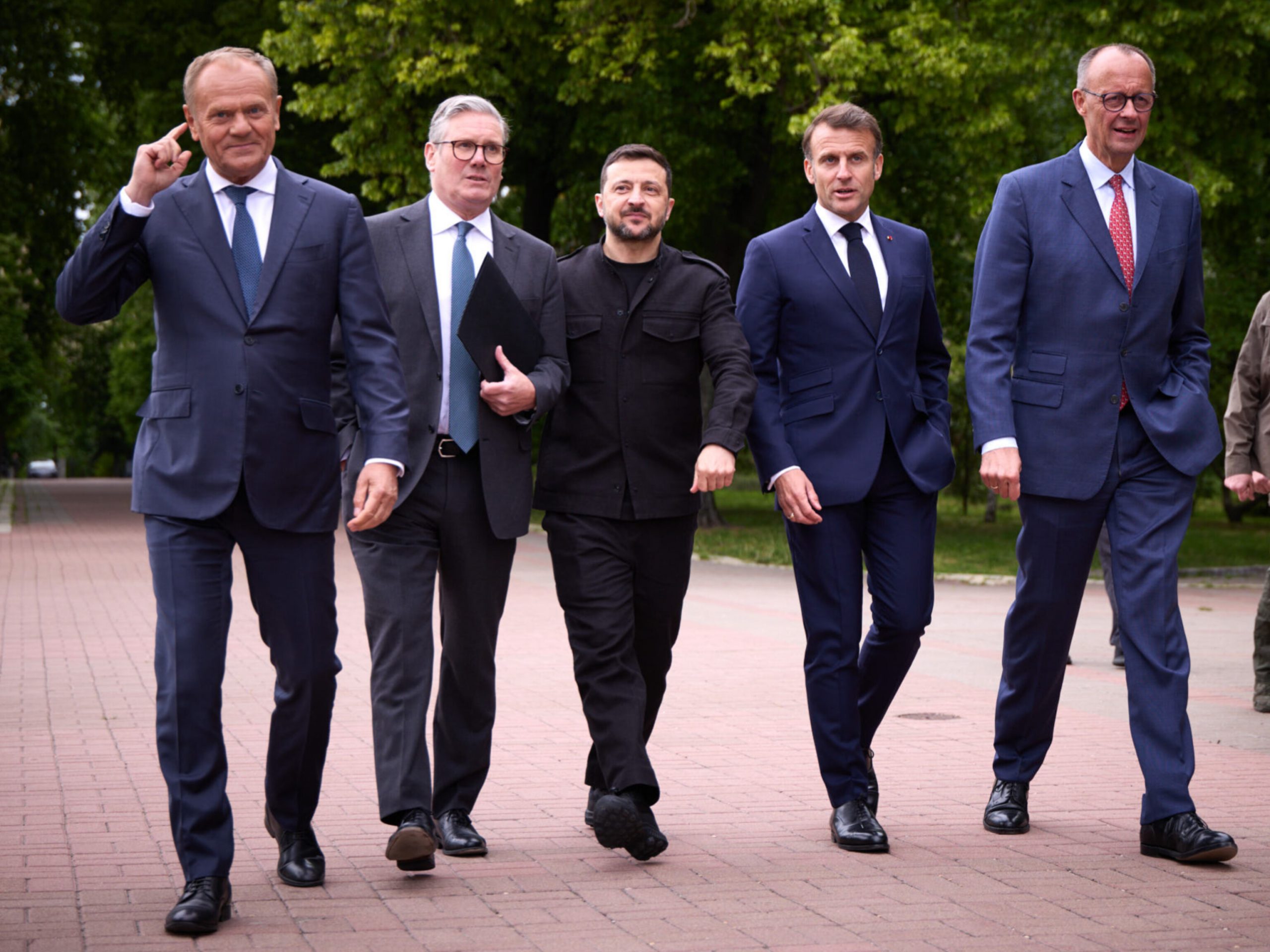In a pivotal move that could shift the course of the war in Ukraine, European leaders and U.S. President Donald Trump are backing a 30-day ceasefire between Russia and Ukraine, scheduled to begin Monday. The proposal aims to create space for long-overdue peace talks, potentially marking the most serious diplomatic effort since the war erupted in February 2022.
Ukrainian President Volodymyr Zelenskyy cautiously welcomed the initiative, calling it a hopeful step toward ending the violence. Russian President Vladimir Putin, meanwhile, has agreed to attend negotiations in Istanbul on May 15, though he has yet to commit to halting military operations.
This latest diplomatic push comes at a time when the war’s toll—millions displaced, thousands dead, and rising economic costs—is being felt far beyond Ukraine’s borders. European officials, particularly from NATO countries, are urging a peaceful resolution as the drawn-out conflict strains energy supplies, global markets, and public patience. Trump, known for his unconventional foreign policy stance, has stepped into the role of mediator, reiterating his desire to end “senseless killing” and scale back U.S. military entanglements overseas.
Zelenskyy expressed restrained optimism in a recent post on X, formerly Twitter, noting, “It’s a positive sign that Russia is finally entertaining the idea of ending the war. A ceasefire is always the first step to real peace.” His comments echo the fatigue felt across Ukraine after more than three years of warfare. Still, he’s made it clear: a ceasefire must come before any real negotiations begin—something Putin has not explicitly agreed to.
The planned talks in Istanbul mark a return to a familiar venue. Turkey previously hosted early mediation efforts between the two nations, and its role as a neutral ground is once again in the spotlight. While Putin’s willingness to show up without conditions could indicate a softening stance, many experts remain wary. Russia has a history of using diplomatic pauses to regroup militarily, as seen in its 2014 annexation of Crimea.
The proposal’s dual nature—a ceasefire followed by negotiations—reflects both the urgency of the humanitarian crisis and the complex geopolitical stakes. For Ukraine, a pause in fighting offers a chance to deliver aid and reduce civilian casualties. But it also opens the door to strategic risks if Russia uses the time to bolster its forces. Conversely, Russia may view the talks as a platform to push for concessions on issues like NATO expansion and the status of occupied regions such as Donetsk and Luhansk.
The global response so far is one of cautious hope. European leaders stress the importance of a peace deal that honors Ukraine’s sovereignty while addressing Russia’s broader security concerns. Trump’s involvement adds unpredictability: while his previous administration took a tough stance on Moscow, he has consistently advocated for reducing America’s military footprint abroad.
In the days ahead, the world will be watching closely. Whether this ceasefire evolves into a genuine peace process or becomes another diplomatic dead end remains uncertain. What is clear, however, is the growing desire—both in Ukraine and internationally—for an end to a war that has already exacted an enormous cost.
If the ceasefire holds and meaningful negotiations begin, this moment could mark a turning point in one of the most destructive conflicts of our time. But until then, the path forward remains as fragile as ever.
